Features
A Retrospective of American Life: The Photographs of Garry Winogrand
By Maddie - 8 min read
Get to know Winogrand’s work through his friend & curator of his new exhibition
Garry Winogrand is one of the great photographers of American life, alongside his contemporaries Diane Arbus and Robert Frank. Born in 1928, Winogrand captured America through the turbulent 1960s — from politicians and members of New York’s high society to the homeless in Santa Monica and the suburbs of New Mexico — showing the fissures and cracks in American culture.
Winogrand was astoundingly prolific, shooting thousands of rolls of film in his final years and never stopping to develop or print any of them. In 1984, he died suddenly at the age of 56. Until this year, no exhibition or publication has attempted to present the full range and depth of Winogrand’s vision.
Leo Rubinfien, curator of the new Winogrand retrospective at the Jeu de Paume in Paris, is an American photographer and essayist who studied with Winogrand. Christine Kuan, Chief Curator at Artsy, spoke to him about Winogrand’s unique photographic style, his Walt Whitman-esque love of life, and how he might share photos today.
After discovering this interview, we are republishing parts of it that we found particularly insightful (with permission from Artsy). Rubinfien’s answers leave many questions: How would Winogrand deal with the digitalism of photography? How would he cope with the millions of images created every day? And how do these developments impact him as photographer? We hope you have time to read the interview in its entirety and reflect on these questions.
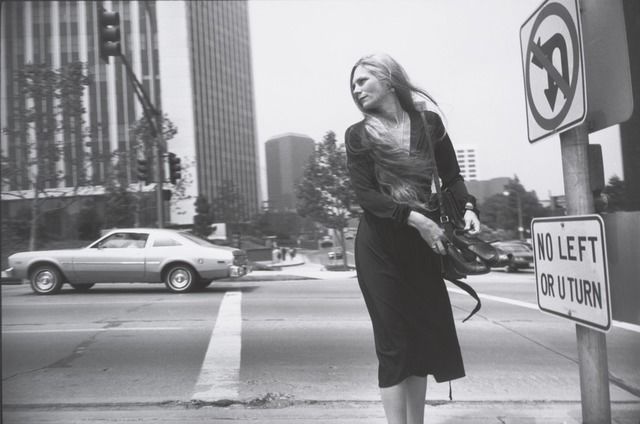
######Los Angeles, 1980-1983 Garry Winogrand Archive, Center for Creative Photography######
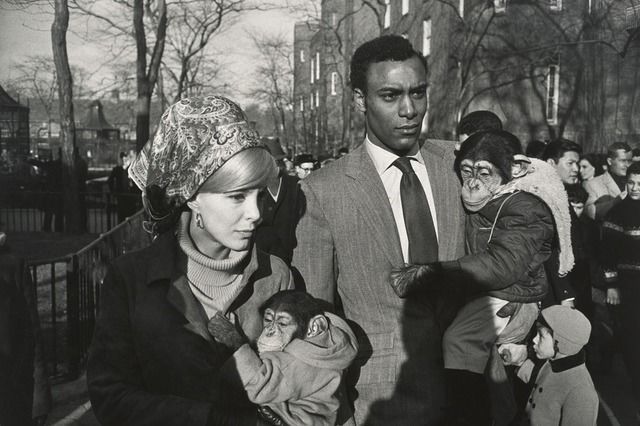
######Central Park Zoo, New York, 1967 Collection of Randi and Bob Fisher######
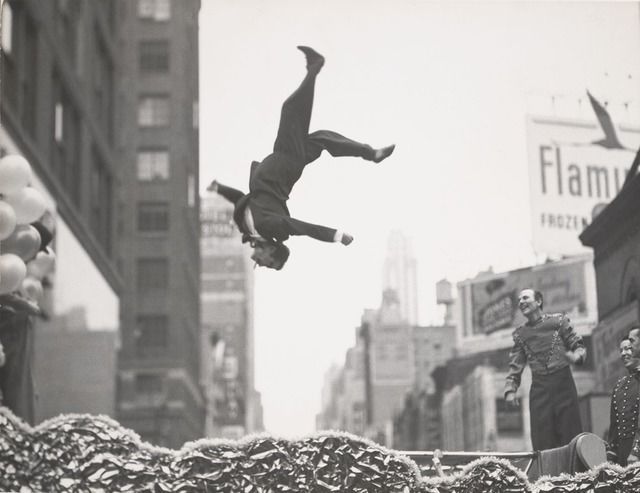
######New York, circa. 1955 The Garry Winogrand Archive, Center for Creative Photography######
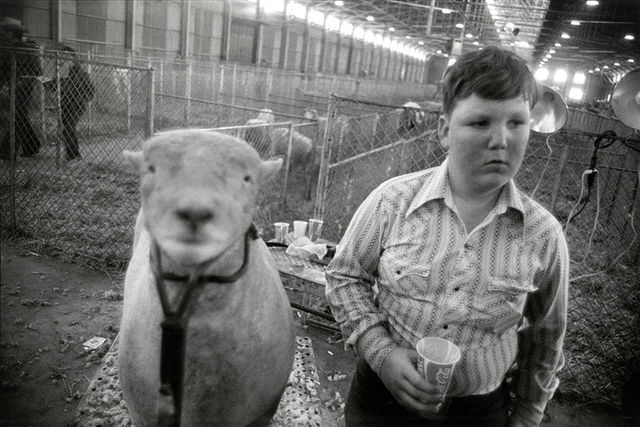
######Fort Worth, Texas, 1975######
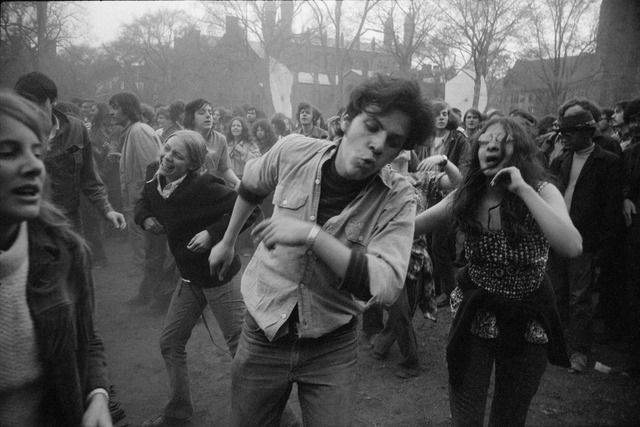
######New Haven, Connecticut, 1970 The Garry Winogrand Archive, Center for Creative Photography######
Here are some of our favorite parts from the interview. Enjoy!
CK: You knew Winogrand and studied with him. What was he like?
LR: Winogrand was a man who liked younger people and he had many younger friends, and wives much younger than he. I think he must have loved the energy of young people, being an almost endlessly energetic man himself.
So he had a lot of protégés; I was one of them. There was nothing extraordinary in that—lots of Winogrand’s friends are around today. As a matter of fact, though, I was never a student of his, in the formal sense, at a college or an art school.
CK: New York magazine’s Jerry Saltz reviewed the show and loved it. He talks about the proliferation of snapshots, because people take photos all the time with their phones. But while Winogrand’s works look like snapshots, they are actually very constructed and have a powerful impact in a different way than Instagram shots do.
LR: The amateur photographs that you see on the internet, to me, are often better than the amateur work of 30 years ago. I think a kind of photographic literacy has developed. You go to Instagram and see many more strong photographs than you saw in peoples’ snapshot collections in the past, but the practice of a dedicated artist is an entirely different thing. It’s not just about getting a good picture; that’s only a small part of it.
An artist, a poet, is concerned with working out a path of perception, understanding, and feeling—as one moves through one’s life and the world—over a long period of time. It’s the path you follow that characterizes you, not the one extraordinary picture that you managed to get. The number of people who make a journey like that and do it truthfully and deeply and persistently is small. Instagram, the ease with which it’s possible to make pictures now, and the huge number that are being made, have very little to do with that.
People often say “doesn’t the fact that there are so many photographs now change everything?” Well no, I mean, there are a lot more words out there than there used to be too and blathering is still blathering, and poetry is still rare. (laughs)
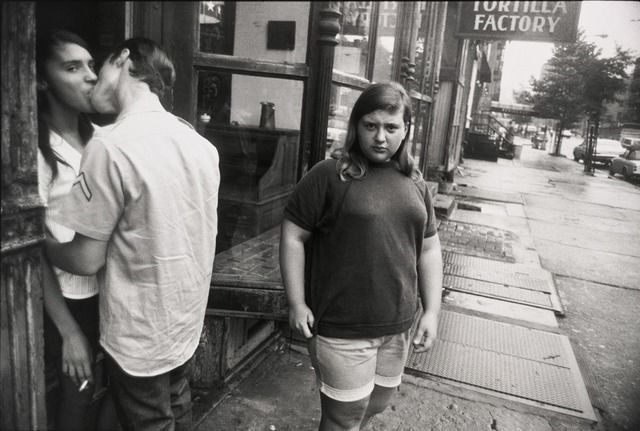
######New York, 1969 Collection of Jeffrey Fraenkel and Alan Mark######

######New York World’s Fair, 1964 San Francisco Museum of Modern Art######
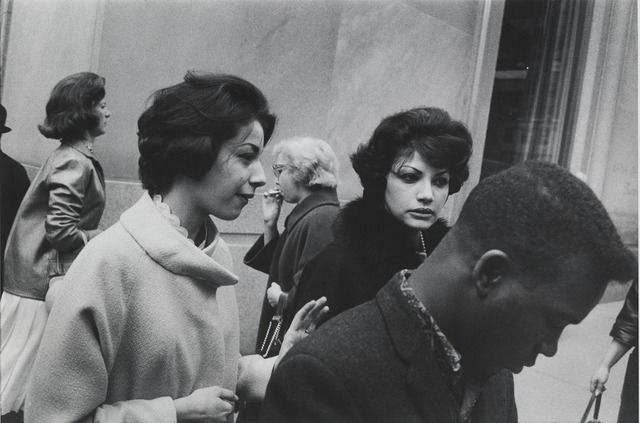
######New York, circa. 1960 The Garry Winogrand Archive, Center for Creative Photography######
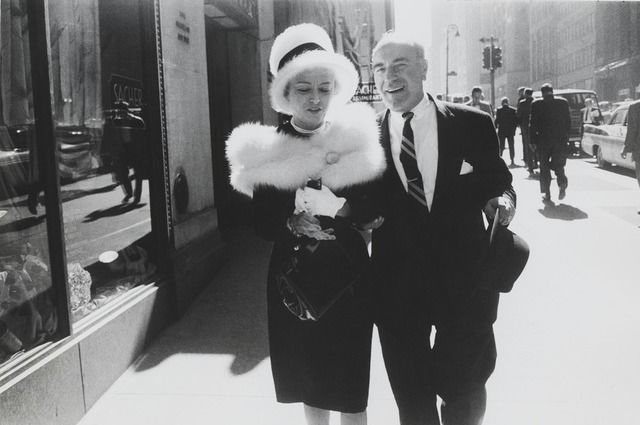
######New York, circa. 1962 Garry Winogrand Archive, Center for Creative Photography######
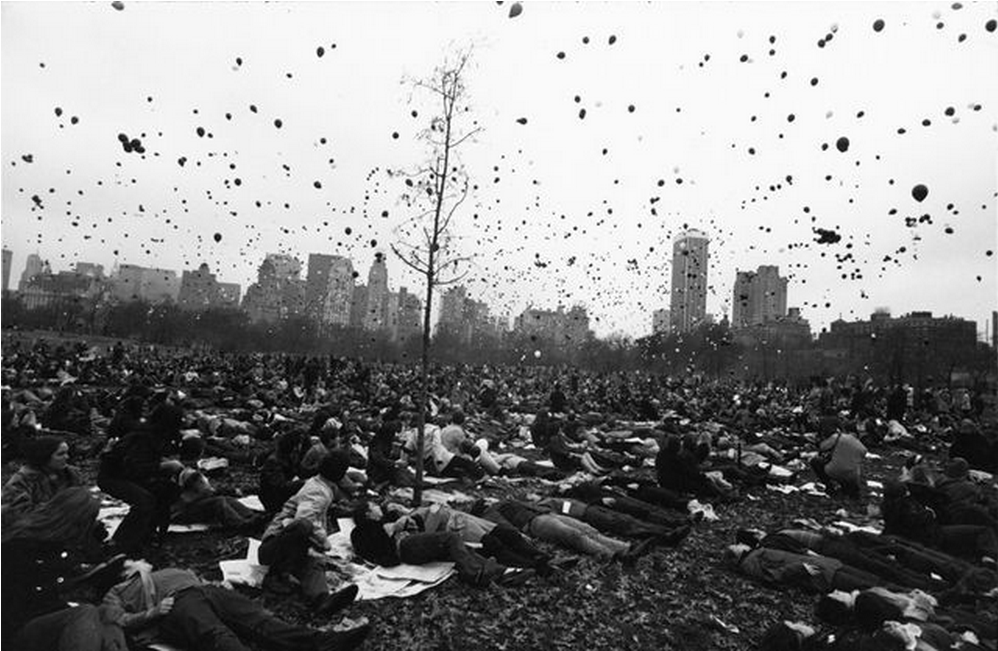
######Peace Demonstration, Central Park, New York, 1970######
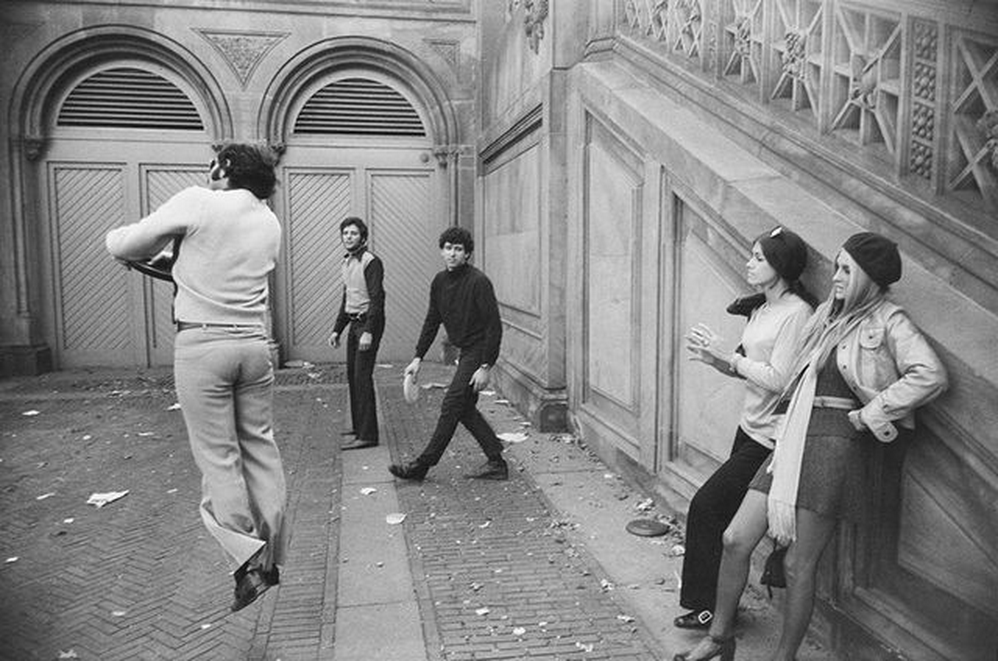
######Central Park, New York, circa. 1970######
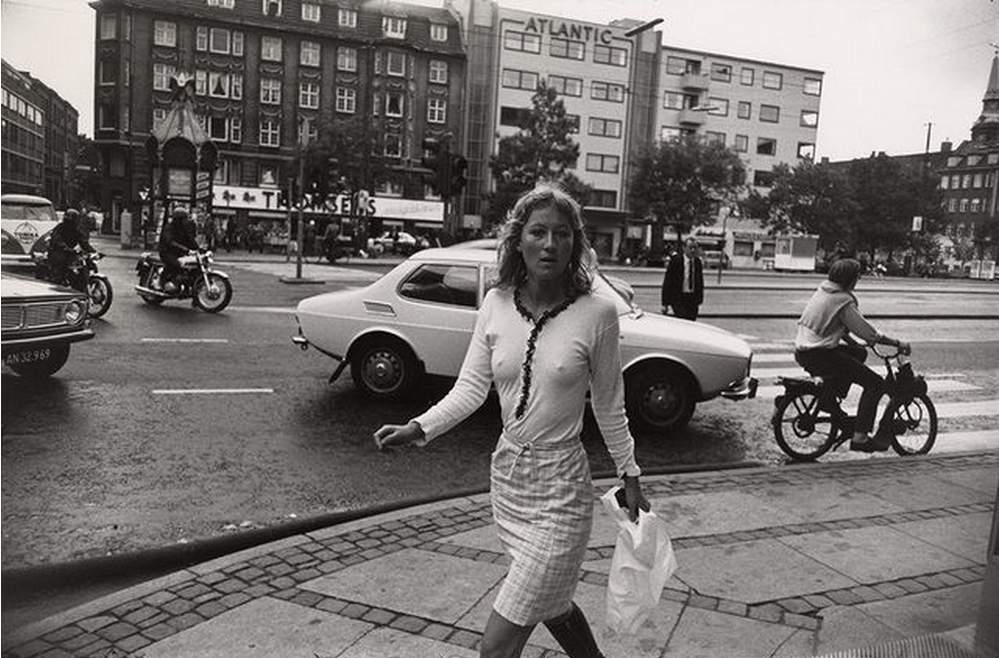
######Copenhagen, Denmark, circa. 1967######
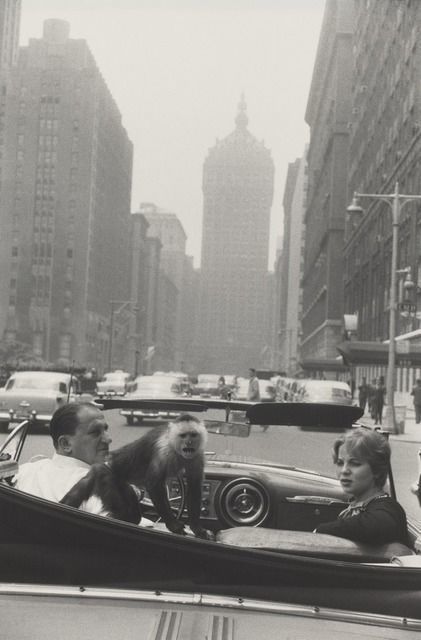
######Park Avenue, New York, 1959 Collection National Gallery of Art, Washington, DC######
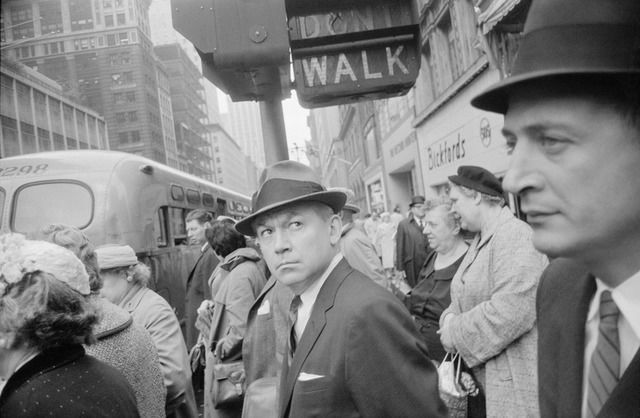
######New York, circa. 1962 The Garry Winogrand Archive, Center for Creative Photography######
Read the full interview here. Photos featured came from here and here.
To learn more about other great photographers, read these articles:
– The Power of the Still Image. An Interview with Ed Kashi
– 10 Things We Can Learn from Stephen Shore
– Views from a city scarred by war. Ben Lowy takes our latest filter to Sarajevo